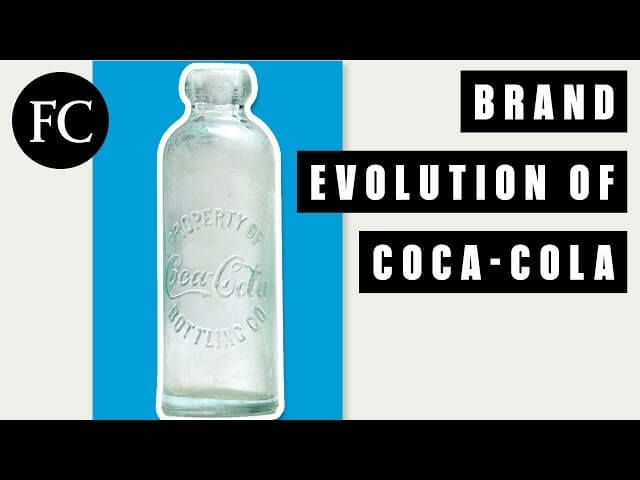Read This: The drugged-up saga of a tenacious Coca-Cola ripoff

Introduced in the 1880s, Coca-Cola was so popular by the early 1900s that its success was creating considerable envy among rivals. Even illiterates could recognize the product from the distinct shape of its bottles. In those years, according to soft drink historian Charles David Head, there were more than 150 Coca-Cola wannabes flooding the market with variations on the famous carbonated sugar water. Over at Mental Floss, Jack Rossen has the strange story of boldest and most successful of these Coke ripoffs: Koca-Nola, the creation of an Atlanta pharmacist named Thomas Austin. Doing business practically in the shadow of Coke headquarters, Austin decided to claim his own share of the soft drink market, and he had three secret weapons: aggressive advertising, low prices, and plenty of cocaine.
